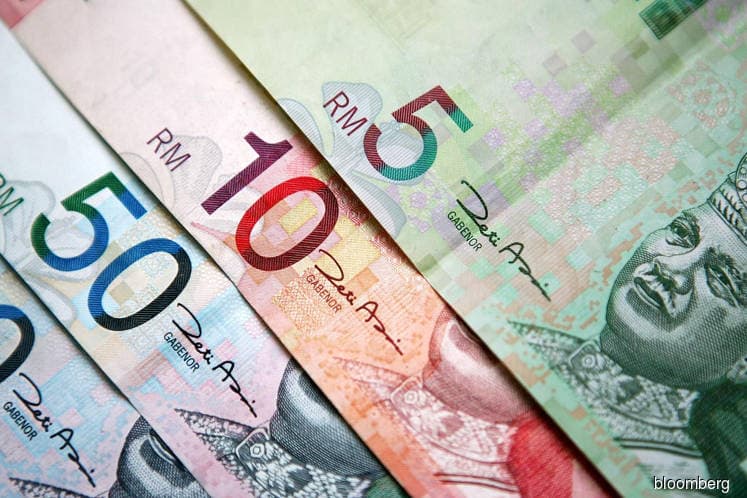
KUALA LUMPUR (Dec 21): The US dollar (USD)-Malaysian Ringgit (RM) exchange rate remains stable with USD/RM one-month implied volatility at an average of 4.5% this year, said Bank Negara Malaysia (BNM).
In its updates on the financial market statement, BNM's Financial Markets Committee (FMC) noted that the ringgit had strengthened by 10.1% in 2017, and traded within the range of 4.05 to 4.09 against the US dollar in December.
"Liquidity has also improved in the onshore market and is able to meet the hedging needs of both residents and non-residents.
"The onshore foreign exchange market in 2017 sustained a daily average volume of US$9.9 billion compared to US$8.1 billion in 2016. Of this, forward and swap transactions recorded an average of US$3.8 billion daily.
"With the improvement in liquidity, average USD/RM bid-ask spread recorded a lower average of 24 points, relative to spreads of 46 points in 2016," said BNM.
The central bank said the onshore foreign exchange (forex) market volumes are now primarily comprised of real sector trade flows which account for more than 50% of the total volume.
At the same time, the share of non-resident portfolio flows have decreased to less than a quarter, it said.
"Currently, pricing in the onshore market is now driven by real sector activities rather than speculative transactions. Following the implementation of the initiatives, there are encouraging signs of improvement in the balance of demand and supply of foreign currency, resulting in a more efficient foreign exchange market," said BNM.
Since December 2016, net export proceeds forex conversion recorded amounted to a surplus of US$8.8 billion compared to a deficit of US$500 million between January and November 2016, the central bank added.
To recap BNM had announced in December last year the measure which requires exporters to convert 75% of their export proceeds held in foreign currency into the ringgit.
In its statement today, the central bank mentioned that the Malaysian bond market continues to attract investors' interest.
"The last three primary auctions of government bonds recorded participation from diverse types of investors. Non-residents participation in the bond market increased to RM6.2 billion in fourth quarter of 2017, accounting for 27.4% of total government bonds outstanding as at Dec 20, 2017.
"For the year, average bid-to-cover ratio stood at above two times. The average daily trading volume in the secondary bond market recorded a level of RM3.5 billion in 2017.
"In November 2017, the Malaysian Government Securities' short-selling volume increased to RM1.6 billion," the central bank said.
Under the dynamic hedging framework, 73 fund managers are registered with BNM, accounting for RM126.2 billion of eligible assets under management (AUM).
"Of this, 57 fund managers are non-residents. Since the extension of the dynamic hedging programme to corporate entities, 21 corporations including foreign entities have registered with BNM," it said.
BNM and FMC will continue to engage with market participants and remain focused on creating a conducive and orderly financial market environment to facilitate businesses for the benefit of the economy.
In November 2017, the third series of initiatives was introduced to the market by the central bank with the aim to enhance short-selling in the bond market and smoothen liquidity between onshore licensed banks by expanding eligible collateral for liquidity operations.
The measures also include the introduction of BNM Interbank Bills. Additional forex hedging flexibility was introduced for non-residents to manage ringgit exposures arising from ringgit-denominated crude palm oil contracts traded on Bursa Malaysia.